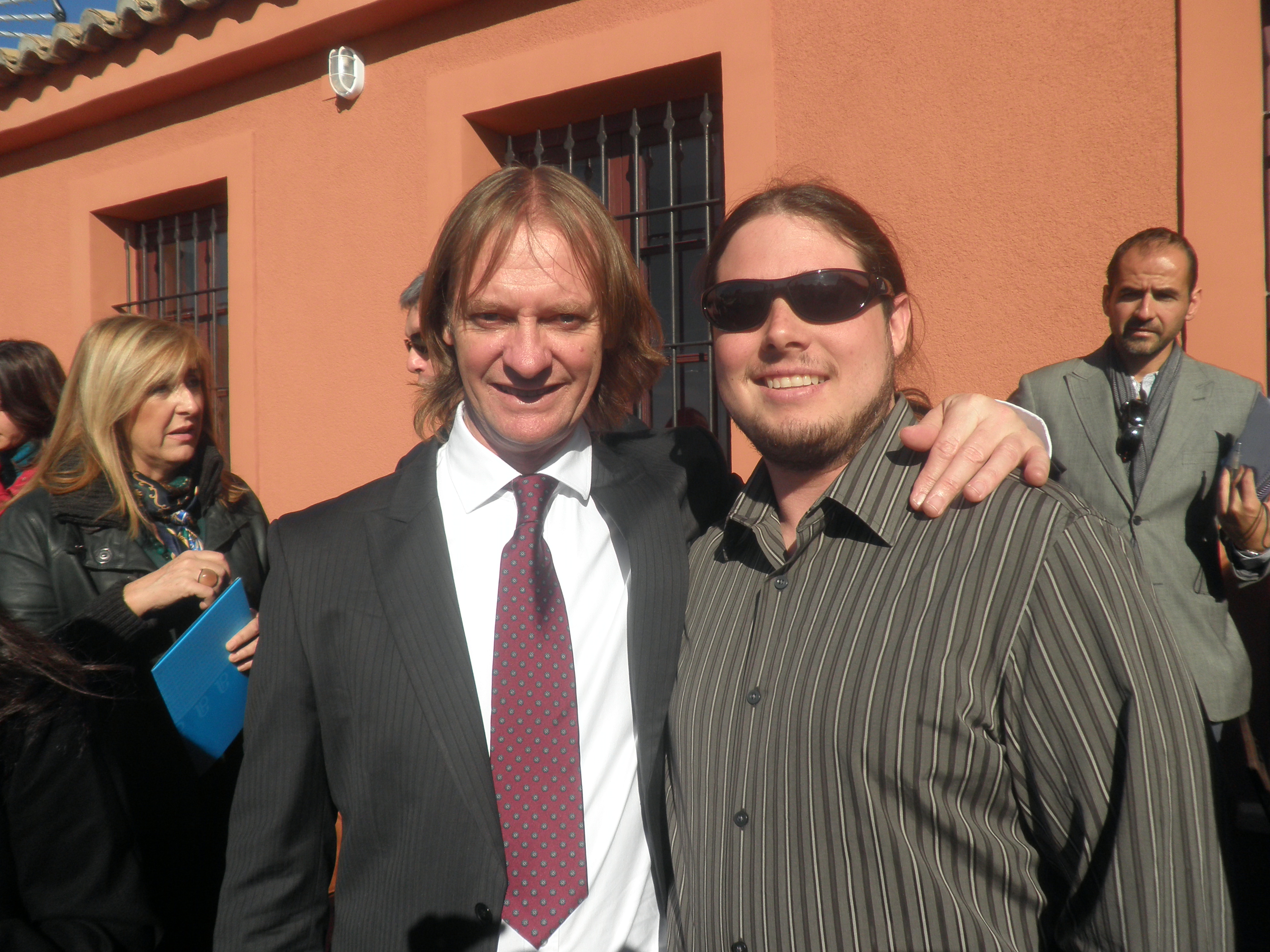Well, the Master’s Program here in Alicante has begun. It has been one month so far and this experience is already more than one could ask for. It has been wonderful to meet other guitarists from around the world as we share our cultures, ideas and music.
Our first week in the program was spent taking lessons with Maestro David Russell. His abilities as a teacher matches his abilities as a performer. I wanted to use this blog as a way to share different technique exercises, but during this week with David the exercises were very basic. He also stressed the importance of creating your own studies, especially when you find something in a piece of music that you are having difficulty with. Creating exercises based on difficult passages will fix your technical deficiency, where as just practicing the passage over and over again will only fix THAT passage.
He also raised an important subject: always warm up. The exercises we practiced as a class were designed specifically just to get the fingers of both hands moving, with the two hands separately and synchronized together. It is easy to forget and think it’s not needed, but not warming up could cause problems in the hand when you get older.
Besides the many suggestions of interpretation for the pieces, one lesson I took away from the week is to never settle for less than perfection in the practice room. Don’t just settle for playing a passage correctly after one time. If say 9 out of 10 times you can play something perfectly, chances are when you get nervous and other environmental issues exist you will still be able to play it correctly. And if by chance you didn’t quite play that passage perfectly, that was the fluke. Basically, in the concert, you can’t change anything, but at home you should fix EVERYTHING.
Here are the basic warm up exercises:
Basic Exercises with David Russell

